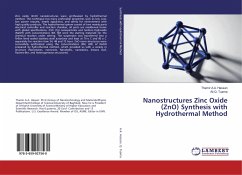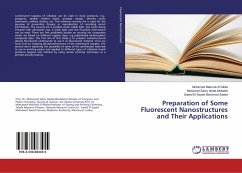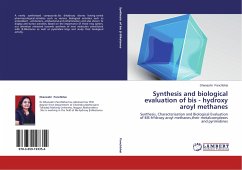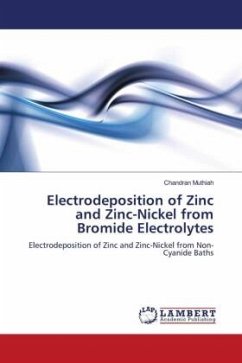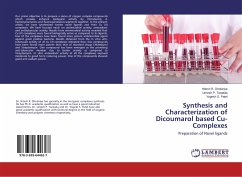Zinc oxide (ZnO) nanostructures were synthesized by hydrothermal method. This technique has many preferable properties such as low cost, low power request, simple apparatus, and safety for environment with high quality products. The hydrothermal system consist of two mainly parts electrical controller and reaction chamber, all parts are maddened home with global specifications. ZnO (1g) nanoparticles and Sodium Hydroxide (NaOH) with concentrations 3M, 6M were the starting materials for the chemical reaction under stirring. The suspension was transferred into a Teflon lined sealed stainless steel autoclave and kept at 70 o C and 90 o C separately for reaction time 24, 48 and 72 hour. ZnO nano structures were successfully synthesized using the concentrations (3M, 6M) of NaOH prepared by hydrothermal method, which provided us with a variety in structure (Nanotubes, nanorods, Nanobelts, nanosticks, lettuce leaf, flowers-like, and heterogeneous structures).
Bitte wählen Sie Ihr Anliegen aus.
Rechnungen
Retourenschein anfordern
Bestellstatus
Storno

